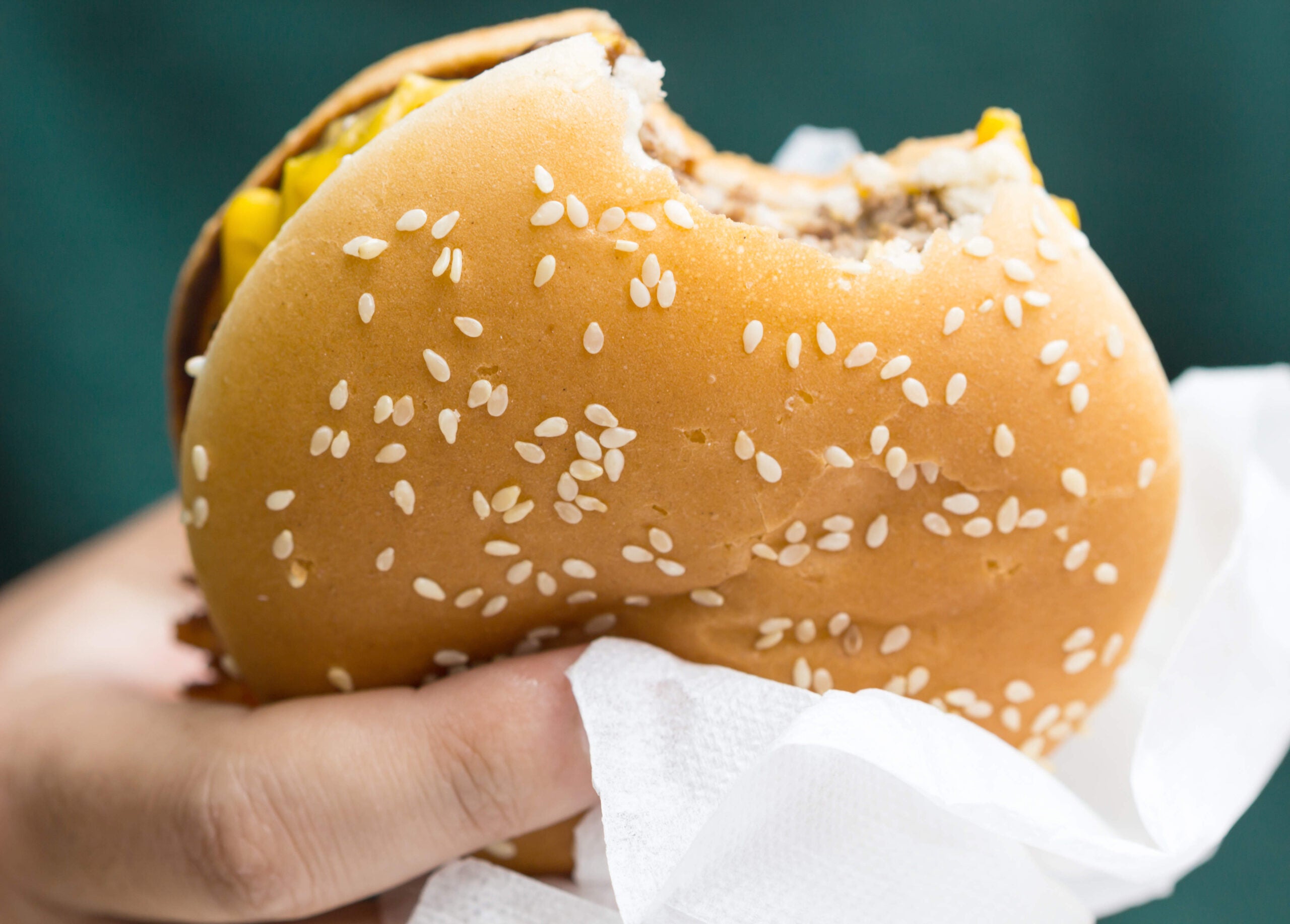
Fast food giant McDonald’s will use fresh instead of frozen beef patties in all its “Quarter Pounder” hamburgers by mid-2018.
“Delivering fresh beef that’s prepared when our customers order their food is just another example of how we are raising the bar,” said McDonald’s USA president Chris Kempczinski.
The change will affect the majority of McDonald’s 14,000 restaurants in the US.
Today we’ve announced that by mid-2018, all Quarter Pounder burgers at the majority of our restaurants will be cooked with fresh beef. pic.twitter.com/Bdf99ALlxw
— McDonald’s (@McDonalds) 30 March 2017
How well do you really know your competitors?
Access the most comprehensive Company Profiles on the market, powered by GlobalData. Save hours of research. Gain competitive edge.

Thank you!
Your download email will arrive shortly
Not ready to buy yet? Download a free sample
We are confident about the unique quality of our Company Profiles. However, we want you to make the most beneficial decision for your business, so we offer a free sample that you can download by submitting the below form
By GlobalDataThe decision follows a trial across 325 McDonald’s outlets in Texas and Oklahoma, where the feedback was “overwhelmingly positive from customers and employees.”
“This test was driven by the Franchisees, our region and insights from what our customers are asking for when they visit McDonald’s,” said a McDonald’s Dallas/Fort Worth spokesman in a statement.
Abandoning frozen beef patties is the latest in a series of changes to the McDonald’s menu under the leadership of CEO Steve Easterbrook, as part of a push to boost sales and improve the fast-food chain’s culinary reputation.
The company removed artificial preservatives from Chicken McNuggets last year, stopped using high-fructose corn syrup in buns, and committed to only serving antibiotic-free chicken. The fast-food giant also plans to switch to cage-free eggs by 2025.
Efforts to spur growth by offering healthier options are part of the company’s broader push to attract more customers. Earlier this month, it emerged that McDonald’s had lost 500m restaurant visits in the US since 2012.
McDonald’s is also making it even easier for people to get their hands on a hamburger and some french fries. The fast-food chain is currently testing a convenient food delivery service across Florida in partnership with companies like Uber, the ride-hailing app.
However, industry competition is fierce.
“The success of premium burger chains like Five Guys and Shake Shack has taken traffic away from McDonald’s as consumers who want to indulge in a burger, want to go for a really good quality one which they feel is worth it,” Melanie Felgate, a senior consumer analyst at research firm GlobalData told Verdict. “Indeed, “freshness” in itself is seen as an indicator of quality.”
About 72 percent of US consumers surveyed by GlobalData said that they would consider food described as “fresh” to be more nutritious.
Wendy’s, the fast-food chain which champions “fresh food with real ingredients” has only ever used fresh beef in its hamburgers since its very first store opened in 1969. The restaurant company headquartered in Ohio accused McDonald’s of misleading customers.
“McDonald’s announcement is basically saying that in about a year or so, only ONE of their hamburgers will be made with fresh beef and not even in all of their restaurants,” Kurt Kane, chief concept and marketing officer at Wendy’s told People.
“So if you’re in the wrong McDonald’s or order the wrong burger, you’re stuck with frozen meat. Don’t bother — come to Wendy’s for fresh never frozen beef on all of our hamburgers, every single restaurant and every day,” he added.
Wendy’s used Twitter to publicly discredit McDonald’s fresh beef initiative.
.@McDonalds So you’ll still use frozen beef in MOST of your burgers in ALL of your restaurants? Asking for a friend.
— Wendy’s (@Wendys) 30 March 2017
McDonald’s decision to ditch frozen beef patties only extends to Quarter Pounder burgers, and will be rolled out across “most of its US stores,” according to an official company statement.
Fresh beef comes with potential drawbacks for the fast-food giant, however. It will have to pay even more attention to ensure food safety standards are met.
“I guess the main question is where it [fresh meat] is being processed and how far it’s traveling,” said Jaydee Hanson, a senior policy analyst at the Center for Food Safety. “A lot of meat-packers are located in the middle of the country, and if you’re shipping a carcass from Nebraska all the way to New York, you have some real chances for contamination. More pathogens could be introduced along the way.”
Two years ago, Chipotle, a Mexican fast-food outlet saw a significant slump in profits after 485 people across 13 US states contracted various illnesses including E.Coli and salmonella after eating there.







